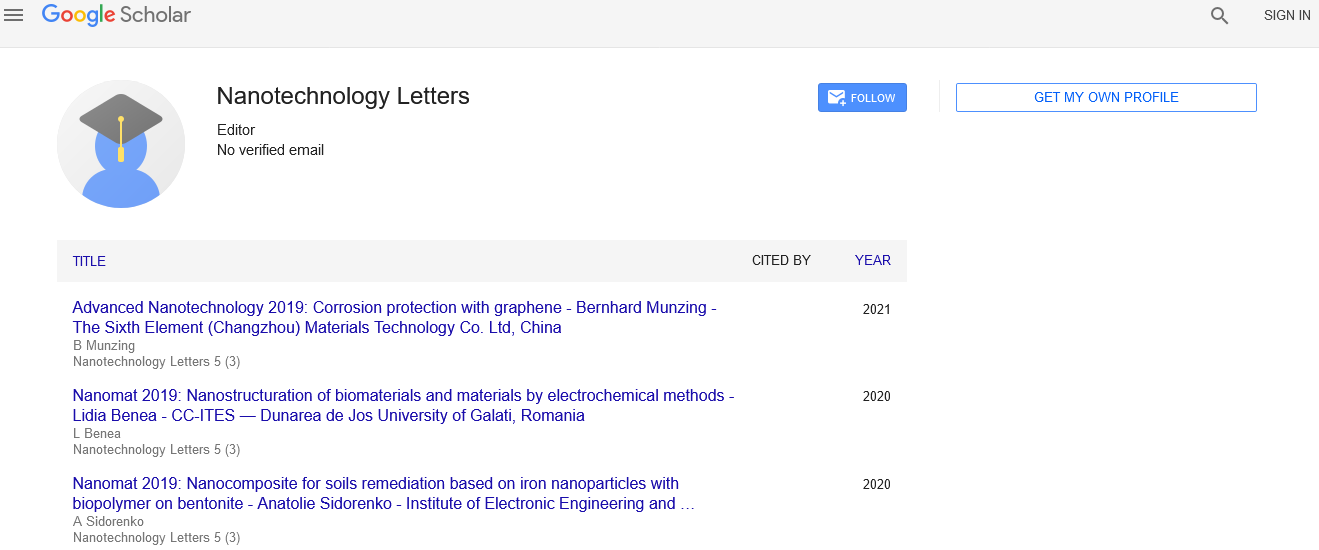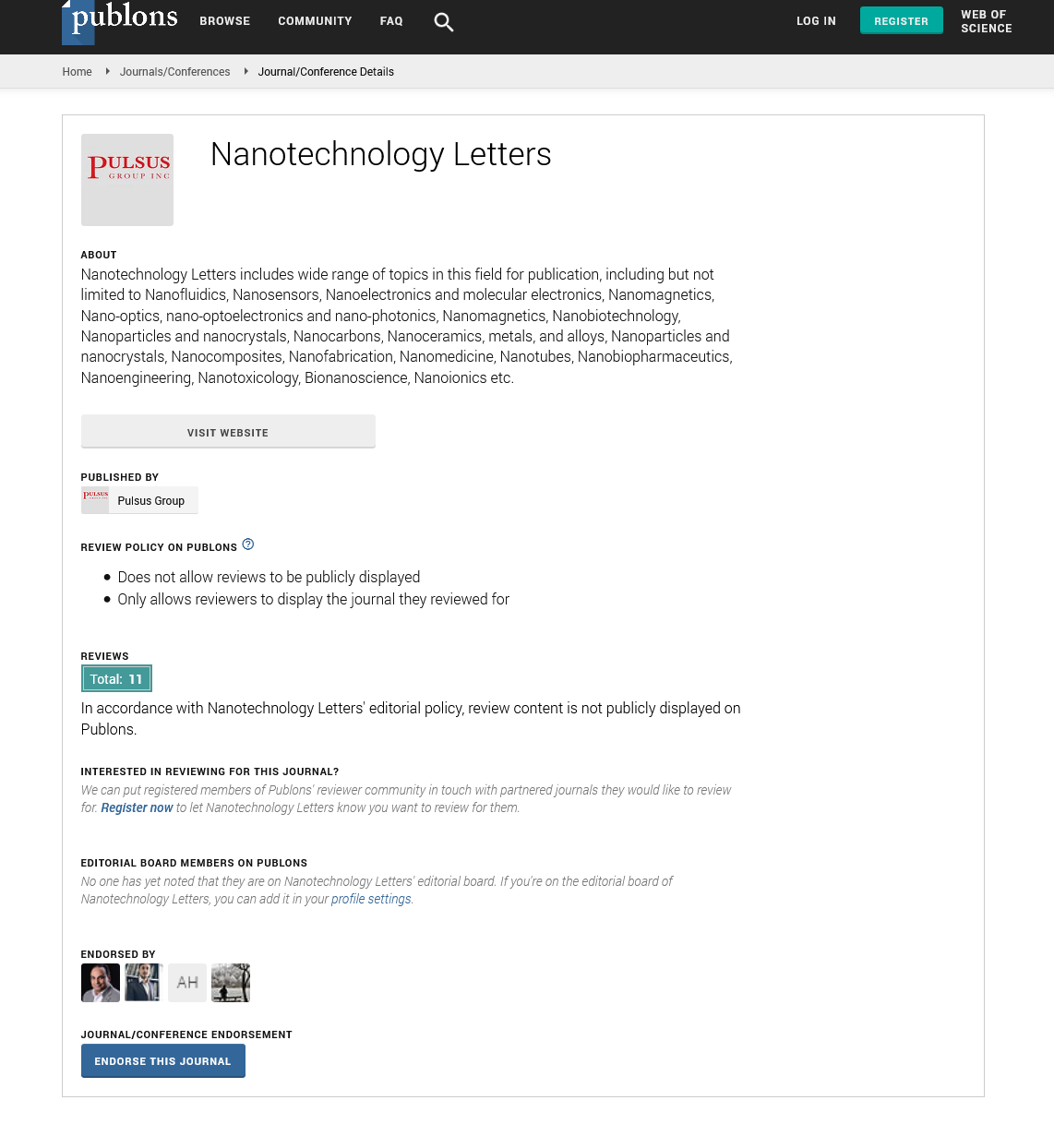
Sign up for email alert when new content gets added: Sign up
Abstract
Biofunctional textiles for ageing skin
Author(s): Elena Lockwood*The skin is the biggest organ in the human body, serving as the first line of defence against external aggressors such as UV radiation and air nanoparticulate pollution. On the one hand, the skin uses several antioxidant molecules to maintain its natural oxidative equilibrium. On the other hand, the major cause of skin barrier breakdown is ageing, which causes a disequilibrium in the physiological redox system. As a result, new creative cosmetic means, such as biodegradable non-woven tissues capable of loading, carrying, and releasing active chemicals in the appropriate skin layers, are required.
The skin is the biggest organ in the human body, serving as the first line of defence against external aggressors such as UV radiation and air nanoparticulate pollution. On the one hand, the skin uses several antioxidant molecules to maintain its natural oxidative equilibrium. On the other hand, the major cause of skin barrier breakdown is ageing, which causes a disequilibrium in the physiological redox system. As a result, new creative cosmetic means, such as biodegradable non-woven tissues capable of loading, carrying, and releasing active chemicals in the appropriate skin layers, are required.
When their fibres are coupled to the correct substances, these revolutionary cosmetic tissues may not only protect the skin from hazardous environmental agents, but also balance the natural skin barrier, serving as anti-ageing agents. The proposed tissues, which are composed of polysaccharide natural fibres made of chitin nanofibrils and nanochitin, appear to be an ideal candidate for the development of new and effective biofunctional textiles, in part because they can mimic the Extracellular Matrix (ECM) of the skin when electrospun. These new cosmeceuticals have demonstrated the potential for application in food formulations as well as specific anti-ageing agents, demonstrating an intriguing mending efficacy on skin and hair. As a result, they might be employed as both active ingredients and skin smart active carriers in place of traditional emulsions, while also being biodegradable, chemical-free, and available from waste material.
Full-Text | PDF





